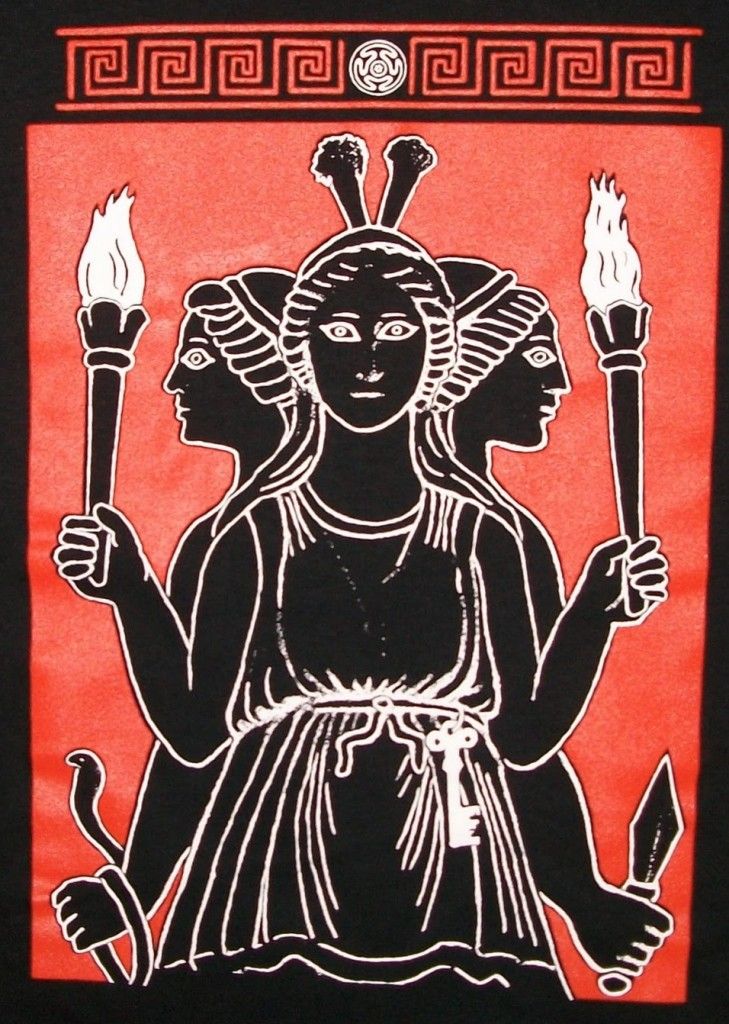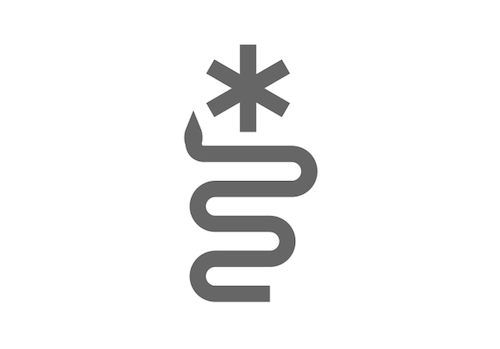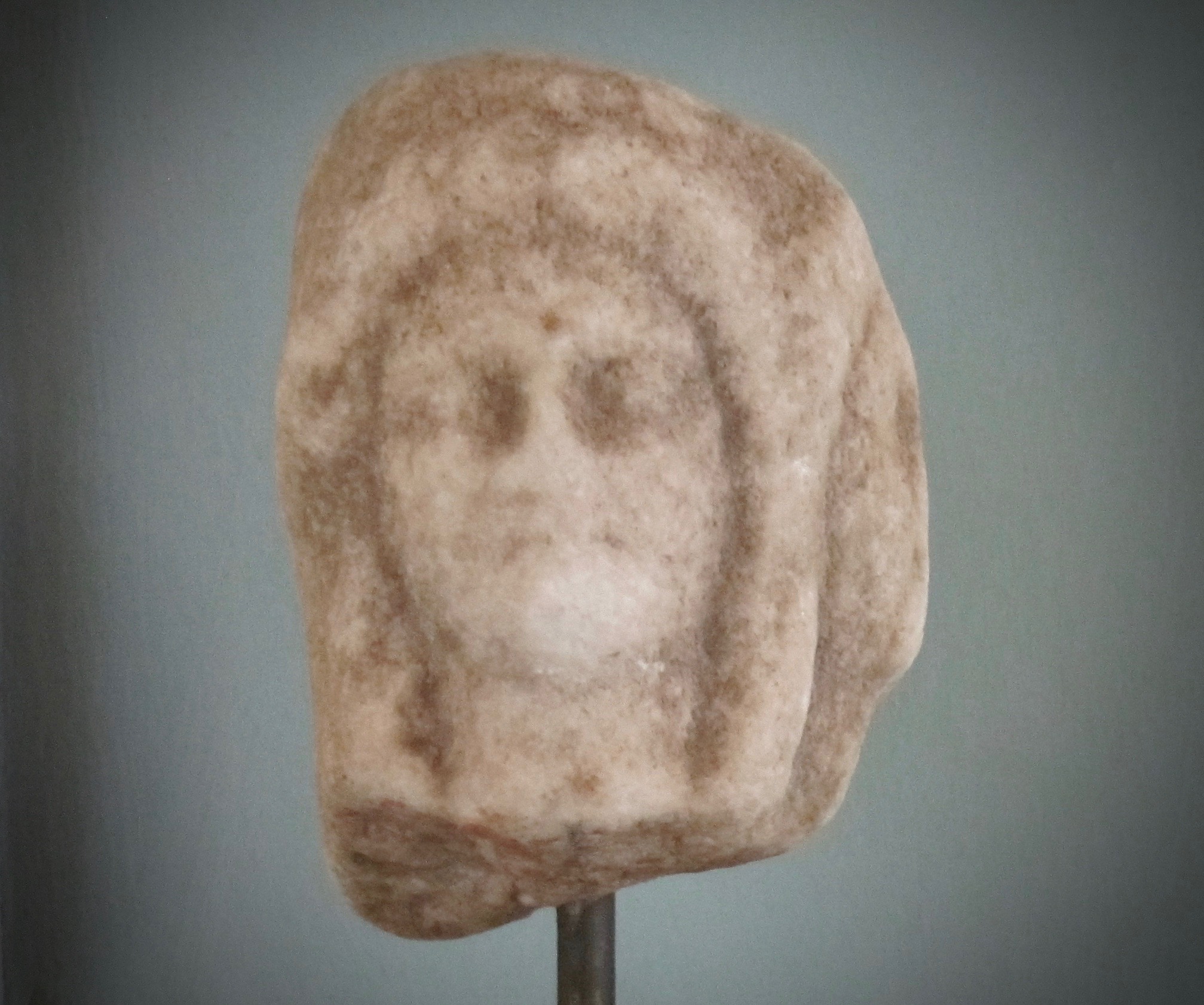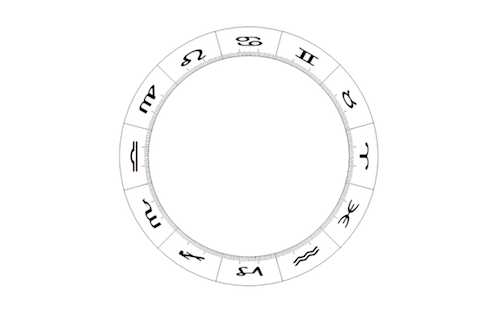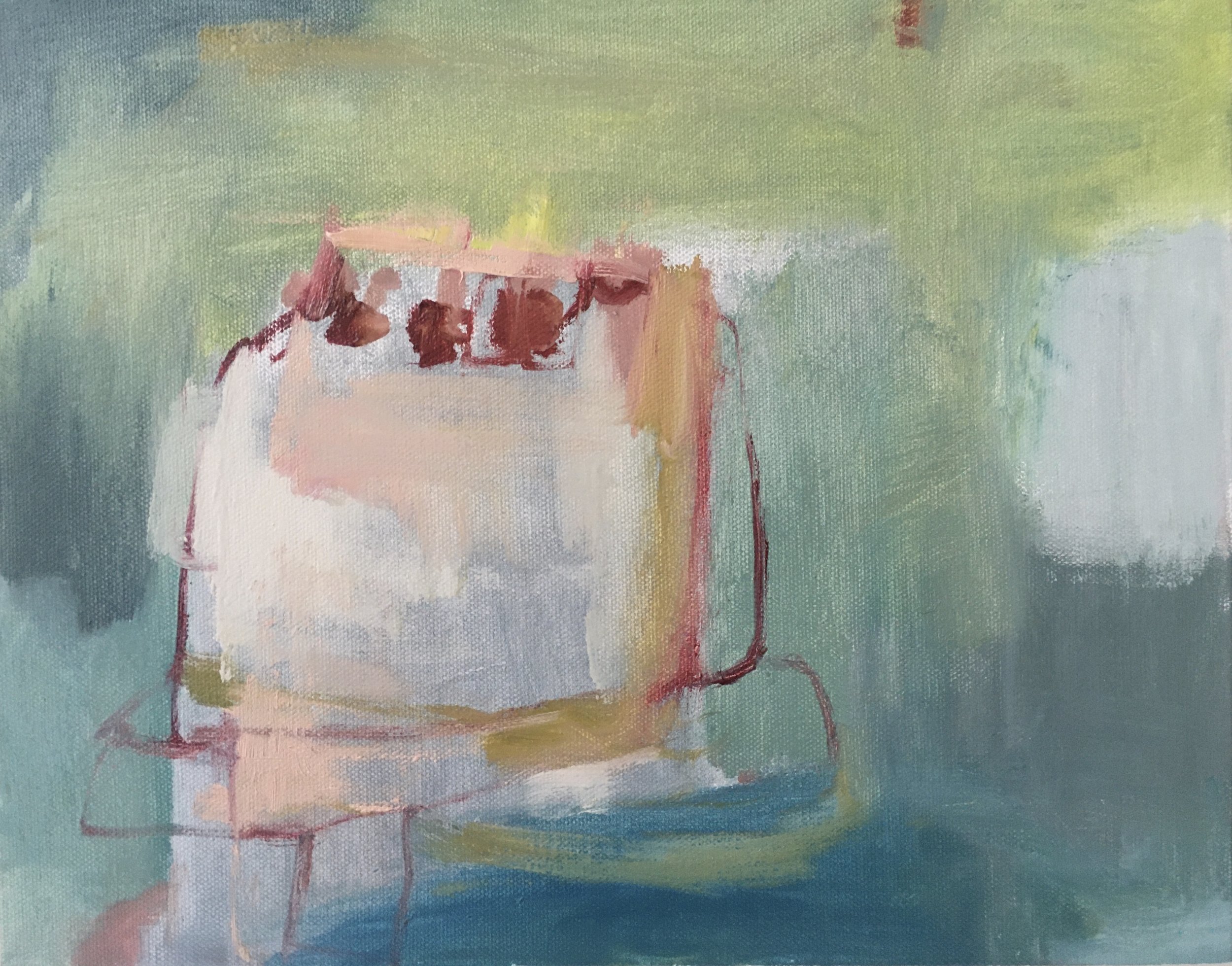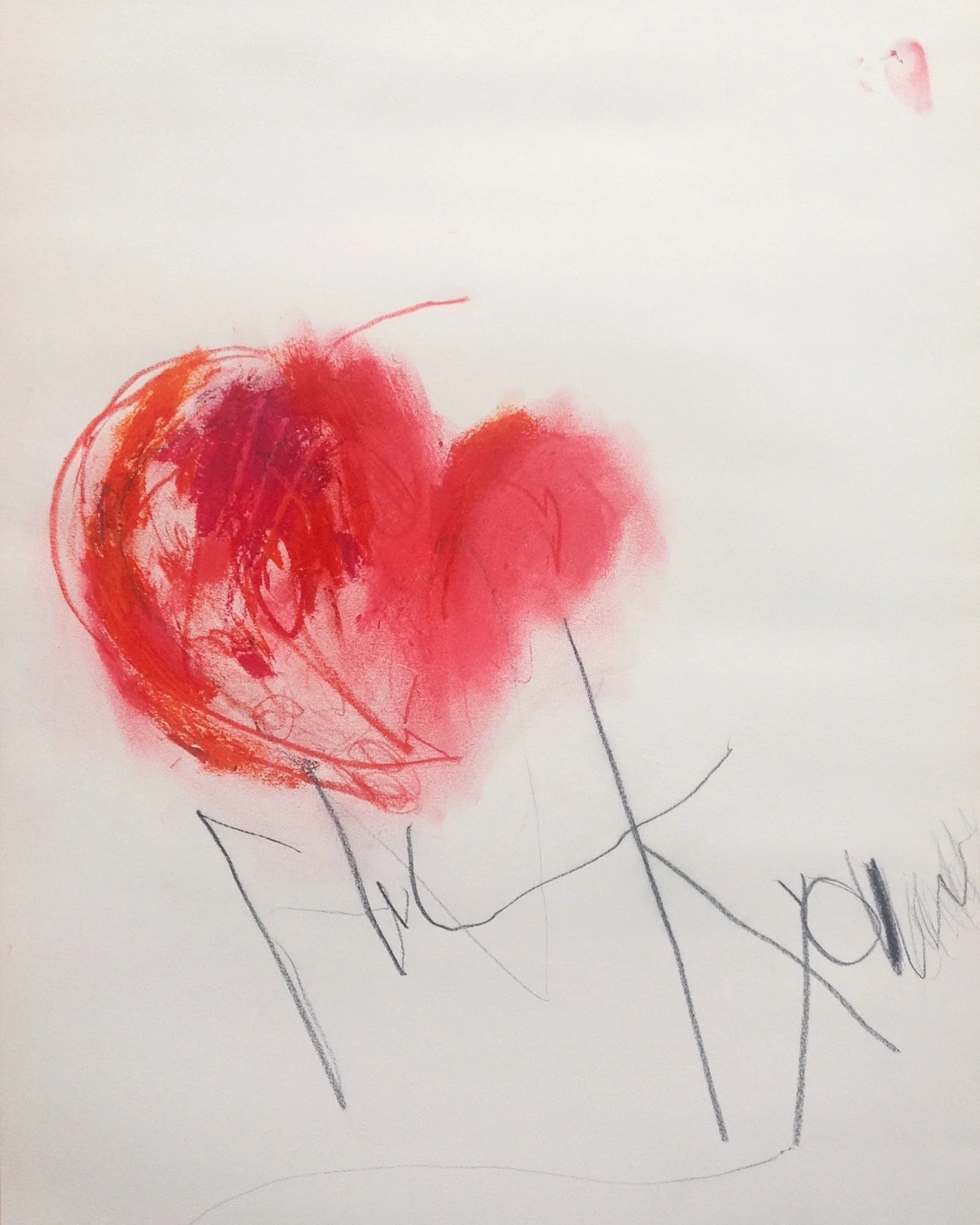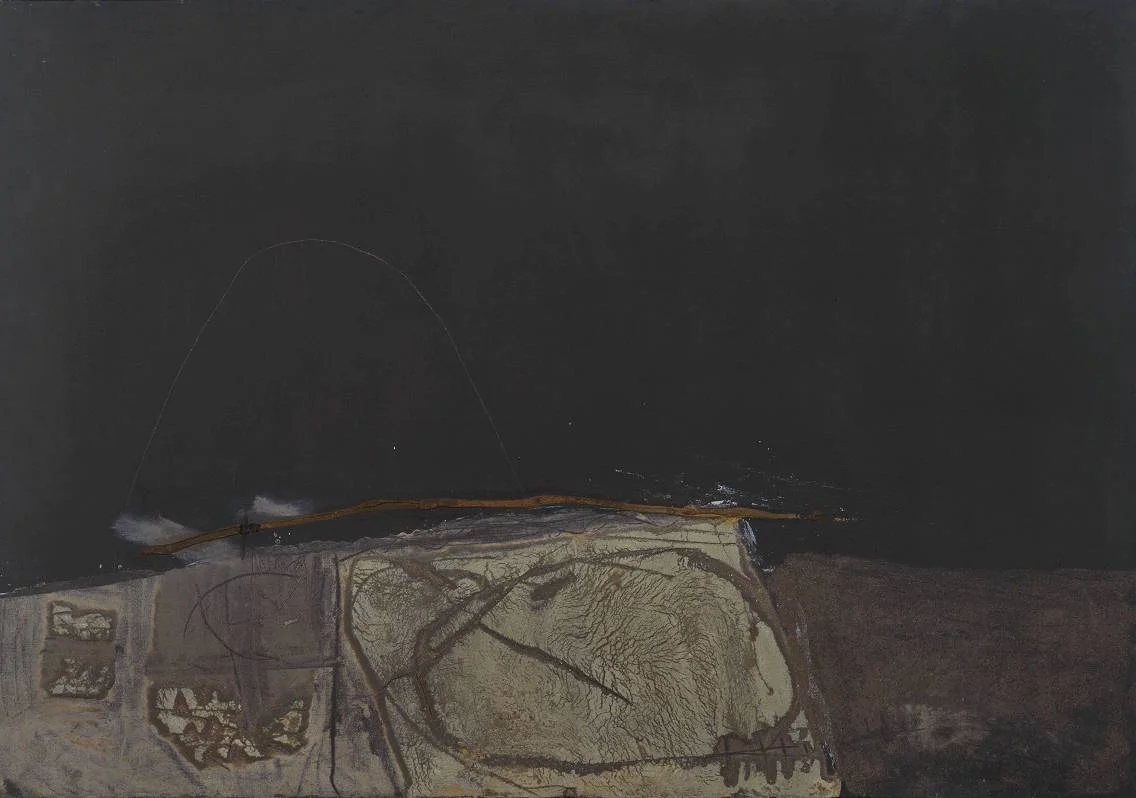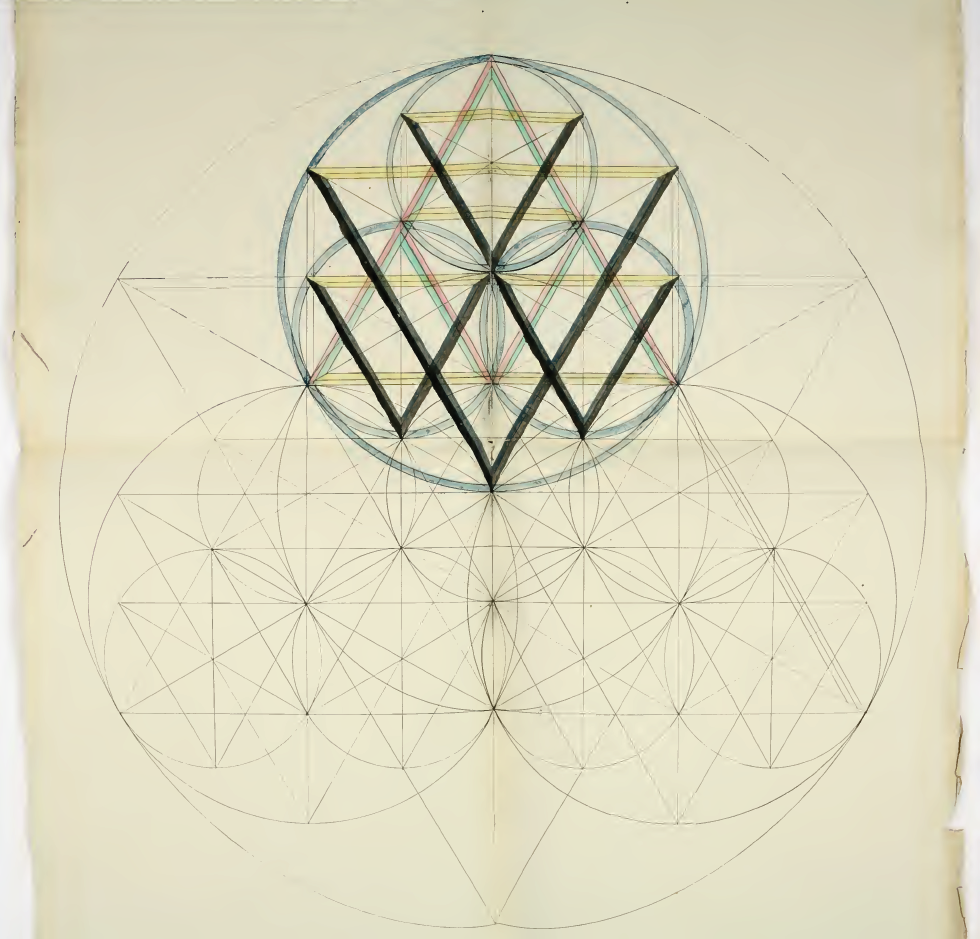Parans (resurfaced)
/Parans are the true angular relationship between planets and/or stars. When a planetary body rises, sets, culminates, or is at the nadir (the lowest point under the earth/the foundation of the chart), and another planet or star is exactly rising, setting, culminating, or at the nadir, they are said to be in paran with one another. Parans in a natal chart, as well as in mundane (world event) astrology, are quite illuminating. They show intense combined energy.
These are the parans for 11/11/2010 (the time/date this post was originally written).
The above image is a "paran clock;" a tool which allows us to visually experience any paran relationship (mundane square) between two planets. Notice the exact angular relationship (though it looks like a conjunction) between Venus and Pluto - located at the top of the chart @ 10:30am PDT. Venus is culminating, "M" stands for Meridian, while Pluto is rising in the East, "E." Notice in the chart below Venus is culminating, but Pluto is not very angular by ecliptic degree. You can see below how the two-dimensional chart breaks down; it can't capture the actual spatial relationship between planets, it only captures them by zodiacal degree.
Charles Jayne in 'Horoscope Interpretation Outlined' notes: "It has been found that if during the prior or following day two bodies have this relationship, even if they are not on those local planes now, they still act in a paran manner."
In the image below you can see Pluto is clearly on the horizon while Venus is culminating (at the MC). The horizon is the Ascendant, and is what astrologers refer to as the rising sign. Pluto's true relationship to the horizon isn't accurately portrayed in the chart above. Pluto isn't even in the Ascending sign in the chart above, but it is on the horizon.
I think this phenomenon, Pluto on the horizon while Venus culminates, would have been exceptionally important to the ancients, just as stars on angles were. Of course Pluto is invisible to the naked eye so they wouldn't have actually made this specific observation. But a paran can occur between many planets (and planets with fixed stars) and are visual statements that cannot be denied. Today we often miss seeing these truly angular relationships, because we view everything as if it were on the ecliptic (the Sun's path). It's good to jump off the ecliptic once in awhile...
More on parans in the future.







